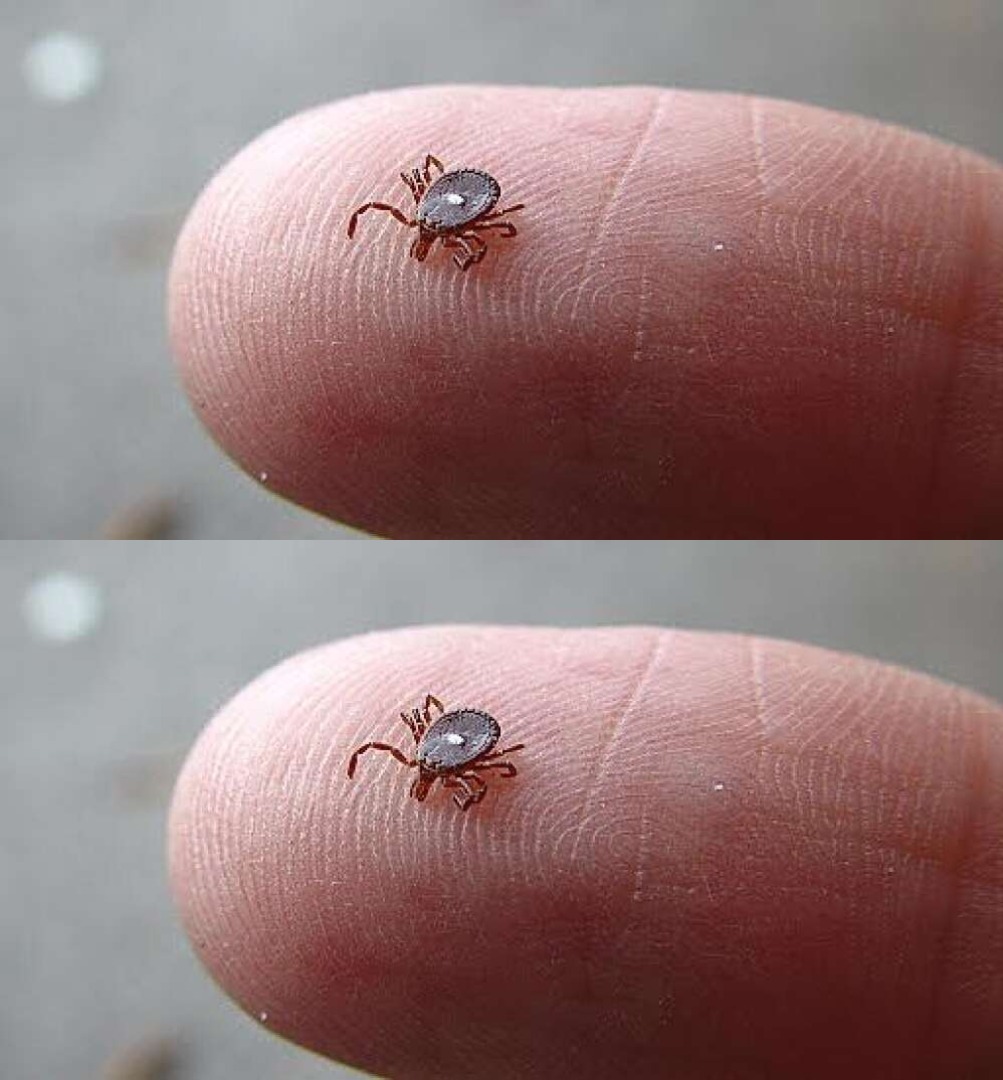A few weeks back, I was mowing the lawn with my old, barely-functioning mower when something unexpected happened. My golden retriever, Mochi, was stretched out comfortably beneath our oak tree, probably thrilled that I was doing all the work. Suddenly, I felt an odd tickle on my ankle. Thinking it was just a mosquito, I casually glanced down—only to be hit with panic.

There it was: a tiny black speck firmly stuck to my skin. I bent over and slowly pulled it off, only to realize it was a lone star tick, recognizable by the small white spot on its back. I’m not easily rattled by bugs—mosquitoes, bee stings, even ants don’t really bother me—but ticks? Ticks are my nightmare. They’re not just gross, they’re potential carriers of disease. And this one wasn’t just any tick—it was the aggressive, fast-moving, host-seeking lone star tick. If you’ve ever spotted one on yourself, you know the fear it brings.
Lone star ticks aren’t passive like other ticks; they actually hunt for a host using your body heat and carbon dioxide as a guide. That means if you’re out hiking or just in your backyard, and one of these is nearby, it can literally crawl its way toward you. The females are easily identified by a white dot on their backs, but don’t be fooled by how small or “harmless” it might look—these ticks can cause serious problems like Alpha-gal syndrome (a red meat allergy) or tick-borne illnesses. If you spot a lone star tick on your skin, the first and most important thing is to stay calm—easier said than done, I know.
Using a pair of fine-tipped tweezers, grasp the tick as close to the skin’s surface as possible. Pull upward with steady, even pressure. Don’t twist or yank, or you might leave part of the tick embedded. Once removed, disinfect the area with rubbing alcohol or soap and water. And never crush a tick with your fingers—you don’t want that bacteria or virus spreading on your skin. After removal, don’t throw the tick away immediately. Place it in a sealed container or tape it to a piece of paper so you can show it to a healthcare provider if needed.
Write down the date and where on your body it was found. Over the next few weeks, monitor for symptoms like rash, redness, fever, fatigue, or muscle aches. If anything seems off, contact your doctor right away. Early treatment makes a big difference in outcomes. To prevent future tick run-ins, wear protective clothing when spending time in wooded or grassy areas—think long sleeves and pants tucked into your socks. It might not be a fashion statement, but it’ll save you from the horror of another tick encounter. Also, use a strong repellent with DEET, permethrin, or picaridin.
When you come indoors, check yourself and your pets thoroughly. Ticks love to hide in places like under arms, behind knees, around the waistline, and even behind ears. As for your yard, keep grass trimmed, remove leaf litter and fallen branches, and create a gravel or mulch barrier between your lawn and any surrounding wooded areas. If ticks are a major issue where you live, you may want to treat your yard with a tick-killing pesticide. My husband and I plan to do just that next week after this ordeal. Spotting a lone star tick can feel terrifying—and let me be real, it was—but knowledge is power. If you know what to do, you’ll be ready to act swiftly and protect yourself and your family. The key is staying calm, removing it correctly, keeping an eye on your health, and taking steps to prevent future encounters. It’s gross, yes, but you’ve got this.





